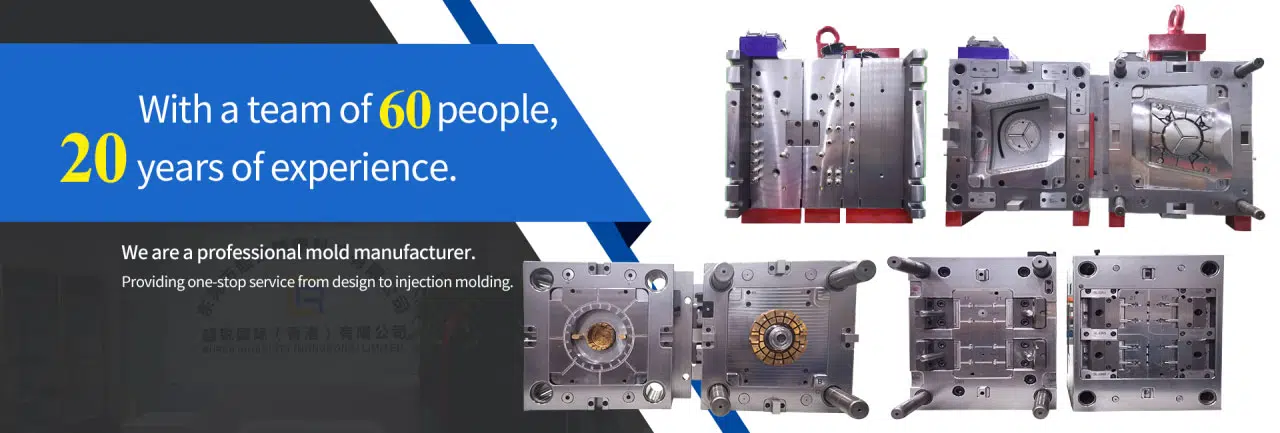Medical Device Safety Regulations in the US

# Medical Device Safety Regulations in the US
## Introduction
The United States has one of the most comprehensive regulatory frameworks for medical devices in the world. These regulations are designed to ensure that medical devices are safe and effective for their intended use while fostering innovation in the healthcare industry.
## The Role of the FDA
The Food and Drug Administration (FDA) is the primary regulatory body responsible for overseeing medical devices in the US. The FDA’s Center for Devices and Radiological Health (CDRH) specifically focuses on:
– Evaluating new medical devices before they enter the market
– Monitoring device performance after approval
– Setting manufacturing standards
– Investigating device-related problems
## Classification of Medical Devices
The FDA classifies medical devices into three categories based on risk:
### Class I (Low Risk)
These devices pose minimal potential for harm and are subject to general controls. Examples include bandages and examination gloves.
### Class II (Moderate Risk)
These devices require special controls in addition to general controls. Examples include powered wheelchairs and pregnancy test kits.
### Class III (High Risk)
These devices sustain or support life, are implanted, or present potential unreasonable risk of illness or injury. Examples include pacemakers and heart valves.
## Premarket Approval Process
The pathway to market depends on the device classification:
### 510(k) Clearance
For Class II devices that are substantially equivalent to a legally marketed predicate device.
### Premarket Approval (PMA)
Required for Class III devices, involving rigorous scientific review.
### De Novo Classification
For novel low-to-moderate risk devices without a predicate.
## Postmarket Surveillance
After a device enters the market, the FDA continues to monitor its safety through:
– Medical Device Reporting (MDR) system
– Post-approval studies
– Recalls and safety communications
– Unique Device Identification (UDI) system
## Recent Regulatory Developments
Keyword: Medical Devices
The FDA has implemented several important updates to medical device regulations:
– Digital Health Technologies
– Cybersecurity requirements
– Breakthrough Devices Program
– Software as a Medical Device (SaMD) framework
## Challenges in Medical Device Regulation
Balancing innovation with patient safety presents ongoing challenges:
– Keeping pace with rapid technological advancements
– Addressing cybersecurity risks in connected devices
– Managing global supply chain complexities
– Ensuring transparency in regulatory decisions
## Conclusion
The US medical device regulatory framework continues to evolve to meet the needs of patients, healthcare providers, and manufacturers. By maintaining rigorous safety standards while supporting innovation, the FDA plays a critical role in protecting public health and advancing medical technology.